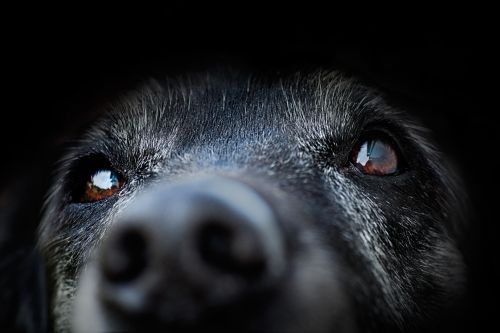Jendrny, et al. (2021) say that the main strategy to contain the current SARS-CoV-2 pandemic remains to implement a comprehensive testing, tracing and quarantining strategy until vaccination of the population is adequate. Scent dogs could support current testing strategies.
Ten dogs were trained for eight days to detect SARS-CoV-2 infections in beta-propiolactone inactivated saliva samples. The subsequent cognitive transfer performance for the recognition of non-inactivated samples were tested on three different body fluids (saliva, urine, and sweat) in a randomized, double-blind controlled study.
Dogs were tested on a total of 5242 randomized sample presentations. Dogs detected non-inactivated saliva samples with a diagnostic sensitivity of 84% (95% CI: 62.5–94.44%) and specificity of 95% (95% CI: 93.4–96%). In a subsequent experiment to compare the scent recognition between the three non-inactivated body fluids, diagnostic sensitivity and specificity were 95% (95% CI: 66.67–100%) and 98% (95% CI: 94.87–100%) for urine, 91% (95% CI: 71.43–100%) and 94% (95% CI: 90.91–97.78%) for sweat, 82% (95% CI: 64.29–95.24%), and 96% (95% CI: 94.95–98.9%) for saliva respectively.
The scent cognitive transfer performance between inactivated and non-inactivated samples as well as between different sample materials indicates that global, specific SARS-CoV-2-associated volatile compounds are released across different body secretions, independently from the patient’s symptoms. All tested body fluids appear to be similarly suited for reliable detection of SARS-CoV-2 infected individuals.
Reference: Jendrny P, et al. Scent dog identification of SARS-CoV-2 infections in different body fluids. BMC Infectious Diseases. Vol. 21, article number 707. 2021.
